Adventurous river crossing campaign
In mid-November, Ukrainian forces said they had pushed Russian troops back 8km from the Dnieper River after establishing bridgeheads on the eastern bank. Shortly after, Kiev forces said they were fighting to seize three Russian-held villages south of the river.
Since recapturing the city of Kherson on the west bank of the Dnieper River in November 2022, Ukraine has frequently staged small-scale landings to put pressure on Russia's defenses.
Ivan Stupak, a former officer of the Security Service of Ukraine (SBU) and now an adviser to the Ukrainian parliament's intelligence, defense and national security committee, said Ukrainian forces have been trying to advance to the east coast for at least four months.
Over the past two months, Ukrainian marines have successfully established three landing bridges on the eastern bank of the Dnieper River, an area controlled by Russia. Ukrainian soldiers in these three areas have linked up, repelling Russian forces, creating a buffer zone to reduce pressure on the landing positions.
Ukrainian officials say the operation to break through the Dnieper line has caused huge losses for both Russia and Ukraine.
According to the Ukrainian Marine Corps, as of mid-November, Russian forces had lost nearly 3,500 soldiers, including more than 1,200 killed, along with dozens of military equipment in battles on the Dnieper River.
Earlier, the Marine Corps also announced that Russian forces operating in the area had suffered 1,216 casualties, 2,217 wounded, and lost 24 tanks, 48 armored vehicles, 89 artillery and mortar systems, 135 other vehicles, 9 multiple launch rocket systems, and 14 boats.
On the Ukrainian side, Mr. Stupak admitted: "Previous campaigns failed, we lost quite a lot of soldiers, many good, experienced soldiers."
Dnieper could become a new hot spot of conflict between Russia and Ukraine in the coming time. Russia is sending reinforcements to the Dnieper frontline and has declared to rain "hellfire" on Ukrainian forces.
Important step forward
Gaining a foothold on the eastern bank of the Dnieper River is considered a key condition for Ukraine to launch a new counteroffensive in the south, across the fields and swamps of Kherson, towards the Crimean peninsula.
That would help maintain momentum for the counter-offensive campaign, helping Kiev regain confidence in turning the tide.
The Dnieper River separates Ukrainian troops on the west bank from Russian-controlled areas on the east bank. Russia advanced east after withdrawing from the city of Kherson in 2022. Ukraine later regained control of the city. As a result, the river serves as a frontline in the Kherson region of southern Ukraine.
Furthermore, establishing strong positions across the river could close the gap between Kiev’s forces and southern Crimea, opening the door for Kiev to cut off the land corridor between mainland Russia and the Crimean peninsula. From there, Ukraine would be able to disrupt Russia’s logistics network.
"The left bank of the Dnieper River is very important because it is close to the Crimean peninsula. Our forces are currently on the left bank, only about 70km from Crimea. If we succeed, we will try to disrupt the Russian logistics line.
In addition, we can also move west and south to Crimea," said Oleksandr Musiyenko, head of the Kiev-based Center for Military and Legal Studies.
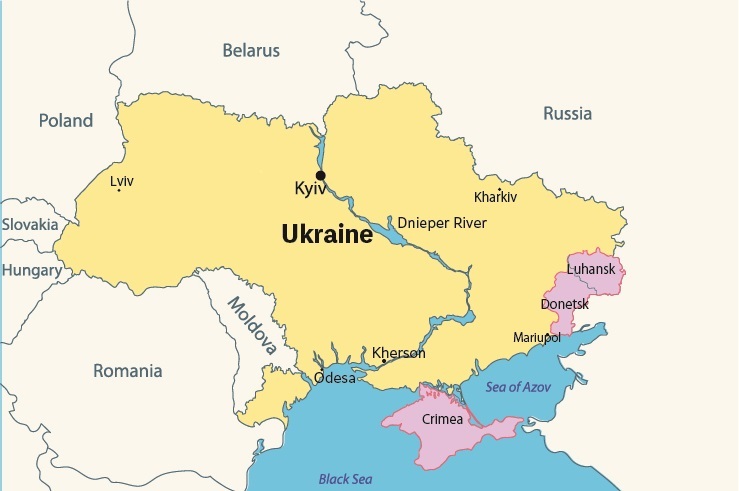
The Dnieper River flows through Kherson Oblast, southern Ukraine, separating the Russian and Ukrainian front lines (Map: UAC).
Ukraine's new advances on the Dnieper front have unsettled Russian military commanders as Moscow concentrates its forces on the Bakhmut and Avdiivka fronts in eastern Ukraine. "Ukraine has sent more troops across the Dnieper than our firepower can bring down," said Vladimir Saldo, the Russian-appointed governor of Kherson.
David Silbey, a professor of military history and policy at Cornell University, said the recent advances show that Ukraine is maintaining a tactical advantage even in the face of a much larger Russian military in a protracted conflict.
“This would certainly give them the potential to threaten Russia’s control of Crimea and keep Moscow preoccupied with protecting its forces on the peninsula,” Silbey said.
Crimea is home to the Black Sea Fleet and is considered a logistics hub for Russian forces participating in the military campaign in Ukraine. Given Crimea's importance, Russia will certainly be wary of Ukraine devoting resources to this battlefield.
According to the Wall Street Journal , Russia has heavily mined the area around Krynky, 30km northeast of the city of Kherson and 2km from the Dnieper River, where Ukrainian forces are holding positions.
Crimea in sight
The Ukrainian army's crossing of the Dnieper front line could open the door for an offensive into Crimea, but Kiev will certainly face many challenges. "Despite the challenges, the Ukrainian army has successfully landed on the eastern bank of the Dnieper River. We will gradually advance towards Crimea," said Andriy Yermak, the head of the Ukrainian president's office.
According to Ukrainian officials, their army has established key positions at bridgeheads on the eastern bank of the Dnieper and is conducting ground operations to push Russian forces away, so that Ukrainian troops on the western bank are no longer within range of Moscow's fire.
Ukraine has massed hundreds of troops and continuously reinforced armored vehicles on the left bank of the Dnieper to gather forces, preparing for a future attack to pose a threat to the Crimean peninsula.
Konrad Muzyka, a military intelligence expert in Poland, said Ukraine’s current capabilities to advance deeper into Crimea were limited. According to him, Kiev’s immediate goal may be to continue establishing and expanding its landing beachhead during the winter and consider new counteroffensive options in the south in 2024.
Sharing this view, Michel Goya, a military expert and former French army colonel, assessed that Ukraine's Dnieper River crossing was still "quite limited and only symbolic".
Although considered the biggest step forward for Ukraine since launching its counteroffensive in the summer, this bold campaign still has too many risks and difficulties ahead for Kiev forces to really consider.
When Ukraine sends its army across the river to launch a large-scale attack, it will face a dense Russian defense. Moreover, Russia's overwhelming military strength allows it to split its forces in many directions and hold Ukraine back.
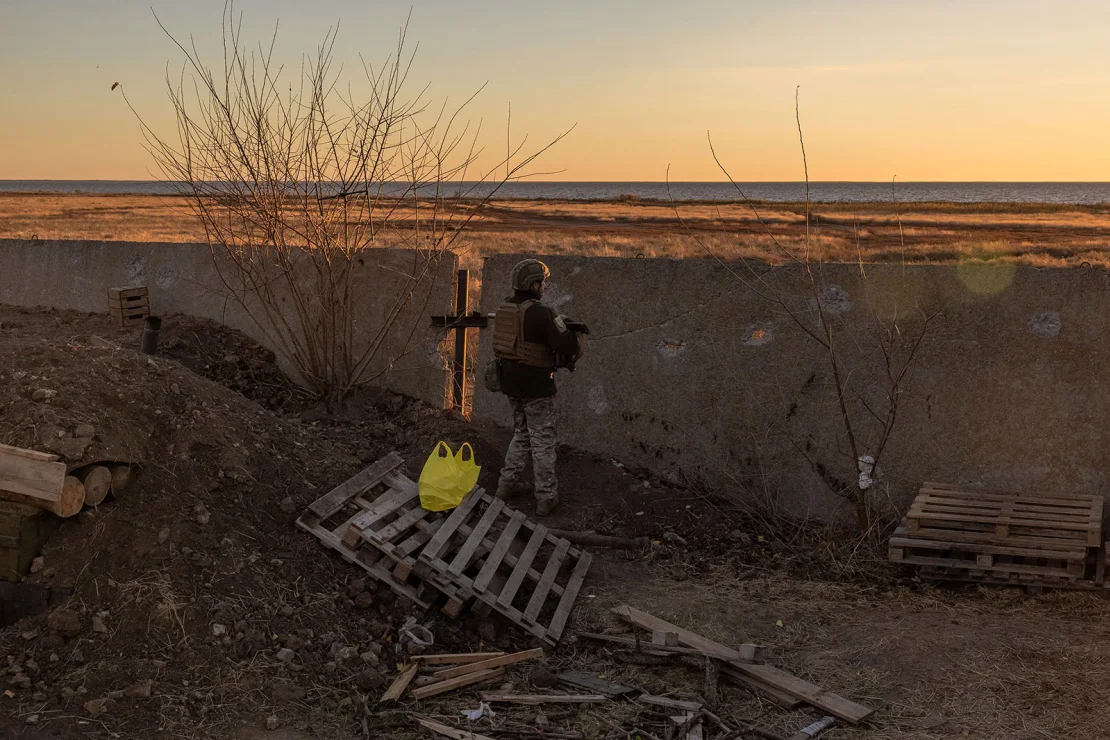
Ukrainian soldiers stand guard along the Dnieper River in Kherson (Photo: AFP).
Meanwhile, to launch a large-scale attack, Ukraine will need tens of thousands of troops, hundreds of tanks and armored vehicles. According to military expert Alexander Khramchikhin, the territory Ukraine has regained is too small for the country's army to deploy military equipment in large numbers.
Moreover, the process of preparing such forces will be lengthy and take place under the relentless fire of Russian artillery, missiles, unmanned aerial vehicles (UAVs) and airstrikes.
Ukraine still faces a number of challenges, according to former Australian general Mick Ryan. First, Ukrainian forces holding the eastern bank of the Dnipro River, even after pushing the Russians back from the Dnieper by 3km to 8km, are at risk because they lack the combat equipment and artillery support to push deep into Russian-controlled territory.
Second, Ukraine will face a logistical challenge in keeping its amphibious forces supplied. Until Ukraine can build a pontoon bridge connecting the two banks of the river, the amphibious forces will run the risk of running out of ammunition and other resources.
“River crossings under fire were among the most difficult operations in conflict because soldiers and equipment were vulnerable at every stage of the campaign,” said John Hosler, professor of military history at Fort Leavenworth.
With its position narrowed past the Dnieper River port city of Kherson, it was virtually impossible for Ukraine to bridge and transport large amounts of supplies across the river without being detected.
Once across the river, the marshy plains on the eastern bank have little natural cover and the high frequency of UAV reconnaissance makes reinforcements even more impossible.
As a result, Ukraine will also lose a lot of troops before it can concentrate enough troops to launch a counterattack. According to former Australian General Mick Ryan, this could be Ukraine's last notable offensive in 2023. Therefore, Kiev will act cautiously, trying to maintain the progress made in the counterattack that has lasted for the past six months.
"The big challenge for Ukraine is to ensure the long-term operation of units larger than company size. Building pontoon bridges is necessary, but the bridges are vulnerable to Russian fire," said Ukrainian analyst Mykola Bielieskov.
Therefore, Ukraine will also lose a lot of troops before concentrating a large enough force to launch a counterattack. After that, this force will continue to encounter the solid defense system that Russia has built in the Kherson region, where the terrain is very unfavorable for the offensive operations of Ukrainian mechanized infantry.
While there is still much debate about the outcome of Ukraine's counteroffensive, one thing is certain: the Ukrainian army will go through another extremely difficult campaign with significant casualties and losses.
Moreover, the cold weather in winter will be disadvantageous for Ukraine's offensive operations. Russia can take advantage of the "freezing" period in winter to regroup and consolidate its forces, preventing Ukraine from achieving an important breakthrough.
Ukraine has also struggled to secure support from its allies as the world’s attention has been consumed by the Hamas-Israel war in the Gaza Strip. A previously approved US funding package did not include additional aid for Ukraine, and the European Union said it could not deliver the weapons it had promised.
In addition, Kiev will not be allowed to focus only on the Dnieper battlefield and neglect the Avdiivka battlefield in the east, where Russia has mobilized tens of thousands of troops to try to break through the Ukrainian defenses. According to Estonian military intelligence, although Ukrainian forces have built a strong defense system in the town, they are still in a passive position when surrounded by Russian forces.
Faced with a situation where there is no "heavenly time, favorable terrain, and favorable people", although Ukraine has achieved certain prospects on the Dnieper battlefield, it is difficult for them to create a breakthrough that can change the situation on the battlefield in the near future.
The British Ministry of Defense recently stated that the war in Ukraine has reached a stalemate. According to these officials, the approaching winter means that it will be difficult for both sides along the front lines to organize an offensive.
According to Michael O'Hanlon, director of foreign policy studies at the Brookings Institution, both Russia and Ukraine are struggling to gain momentum and have little prospect of breaking the current stalemate soon.
According to WSJ, Euro News, AFP, Defense Post
Source






























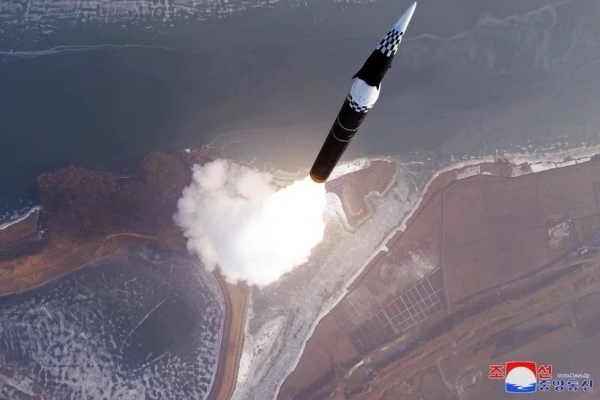



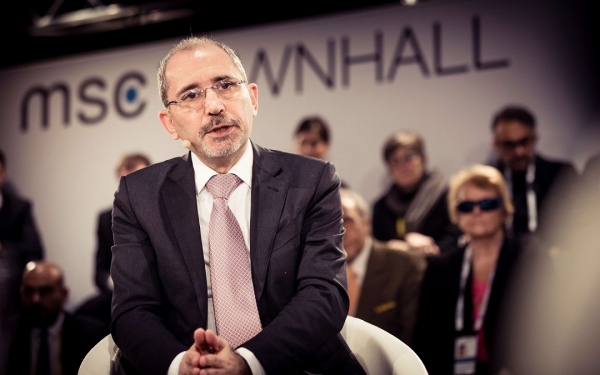
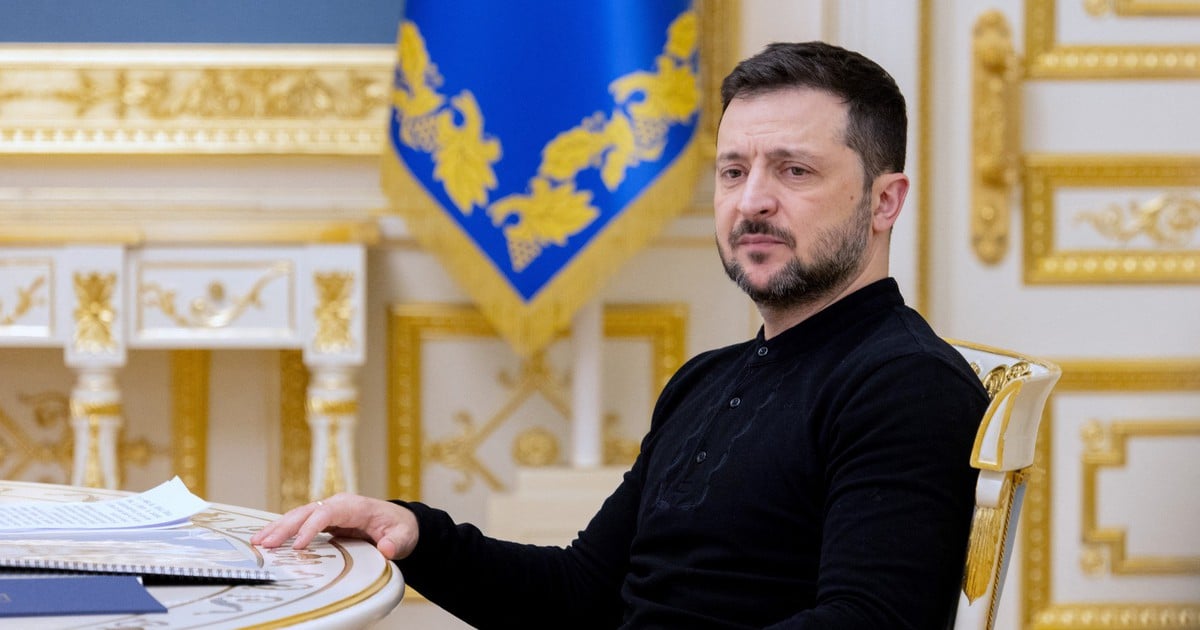
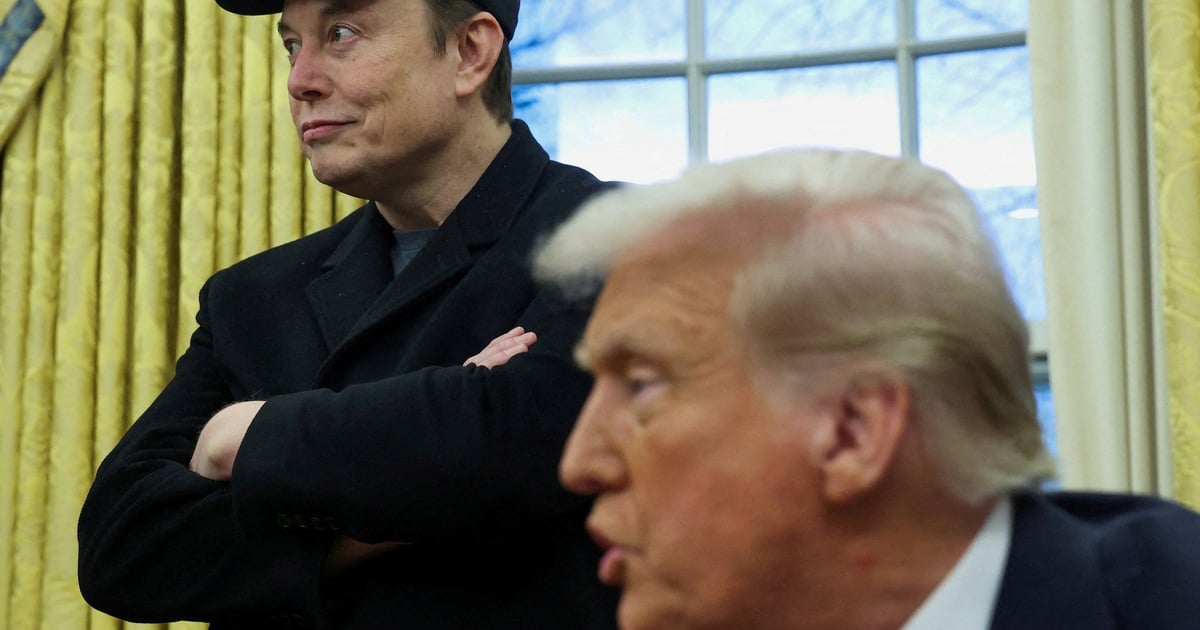










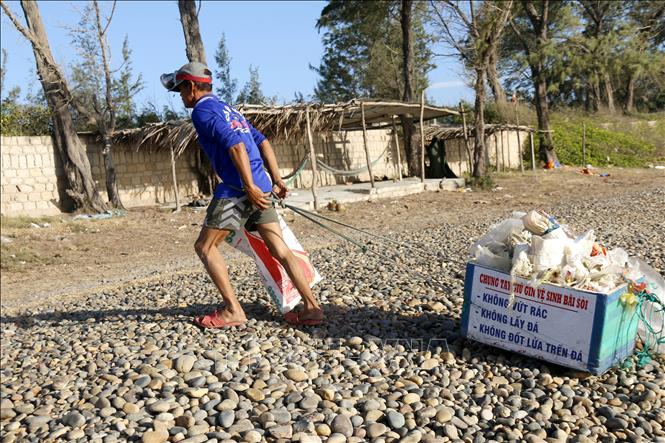







Comment (0)